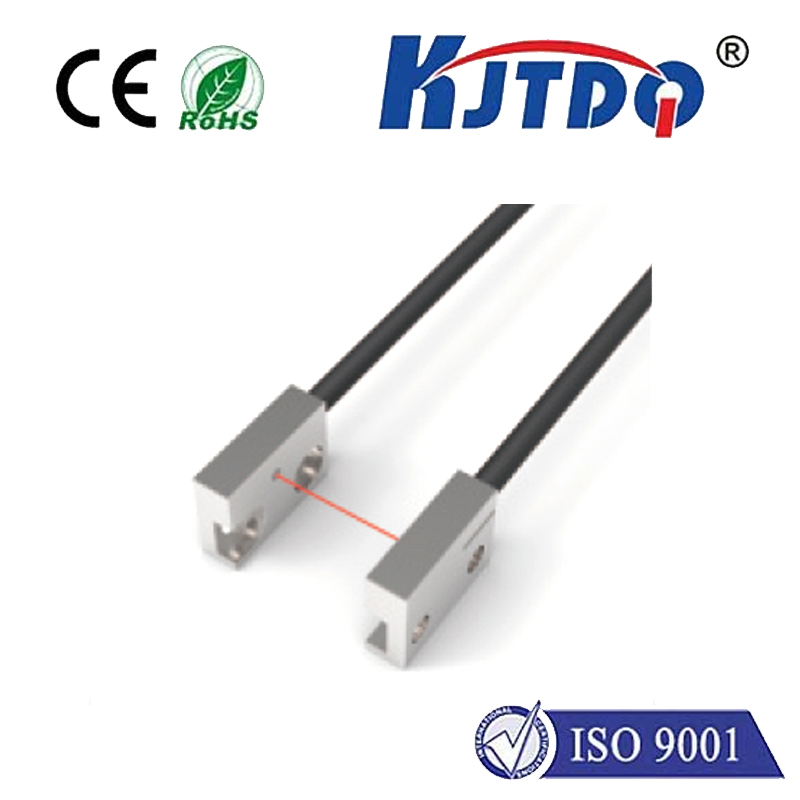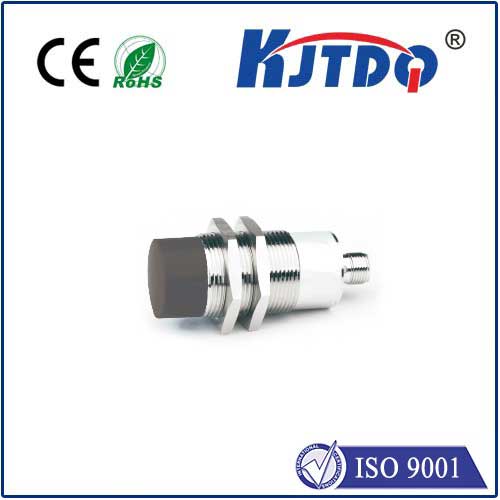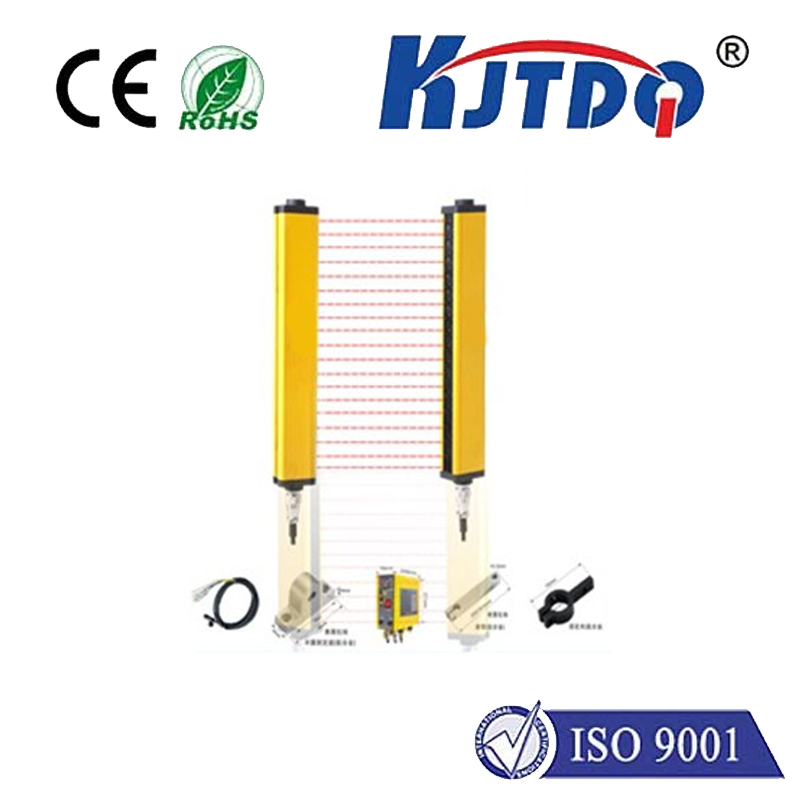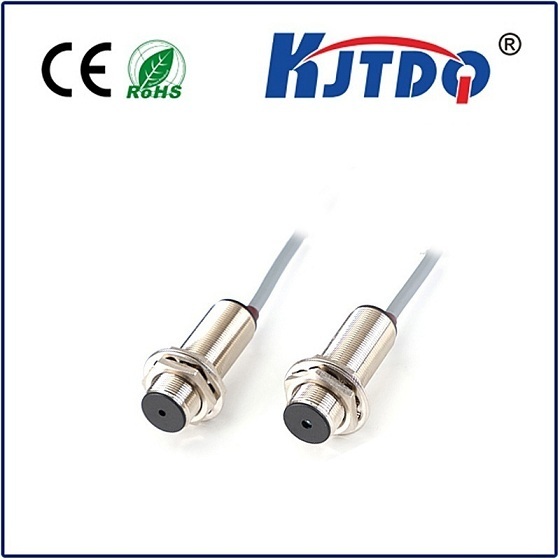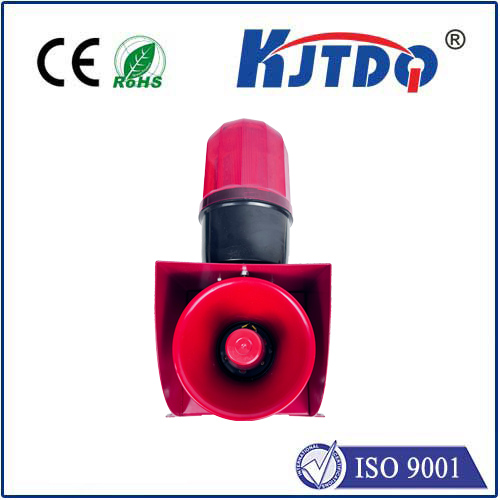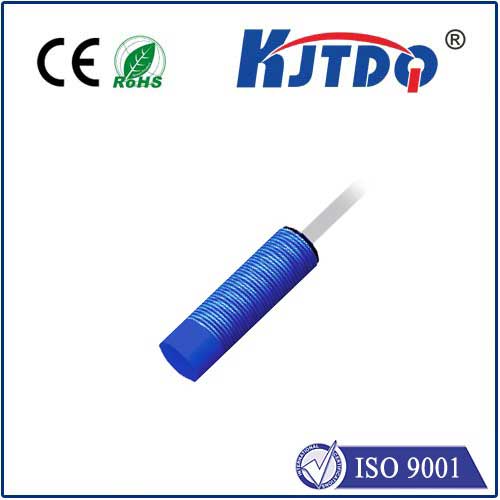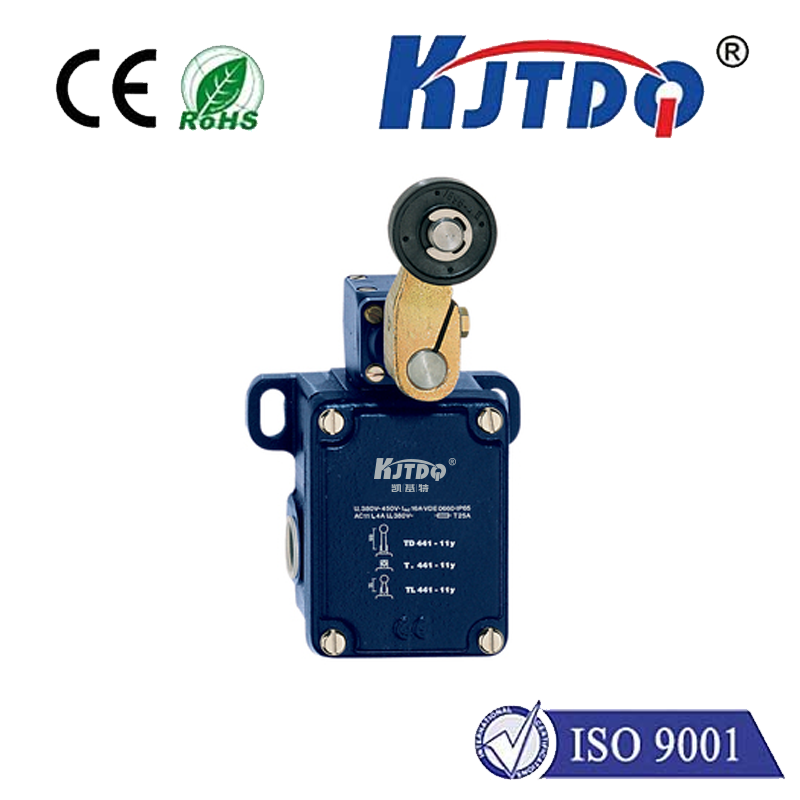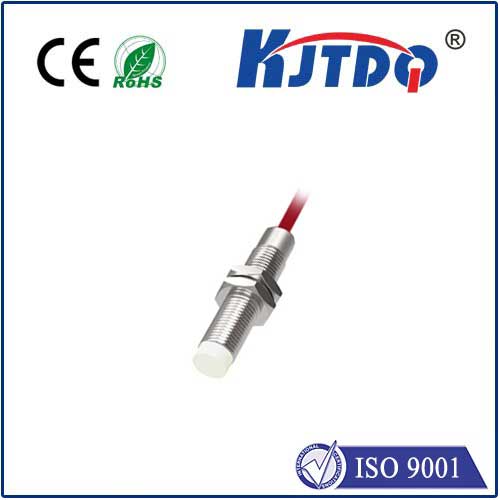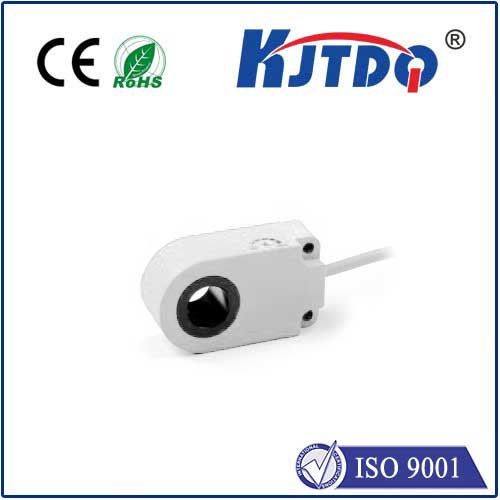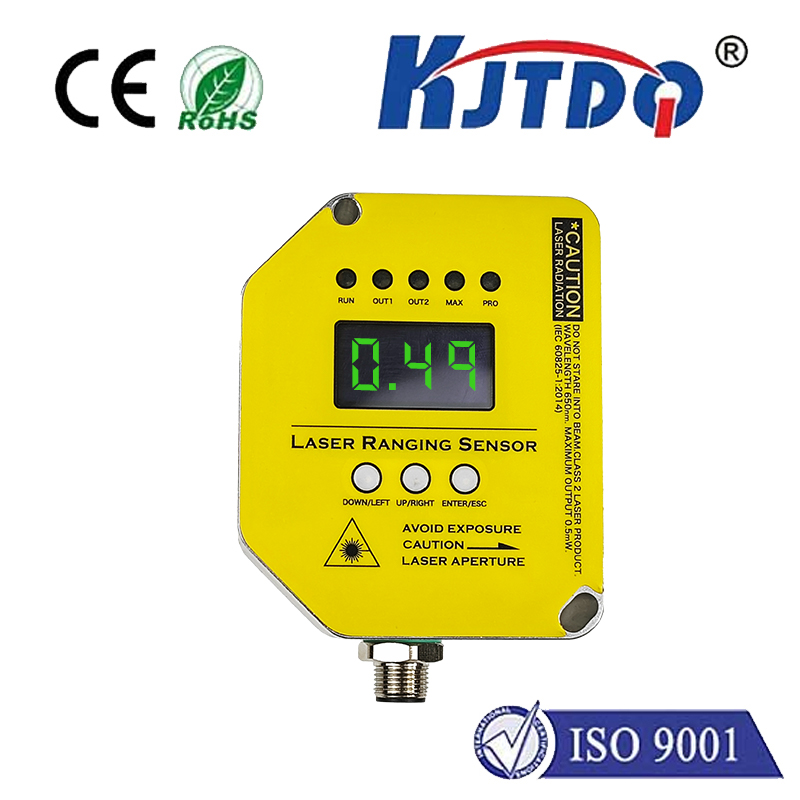
check

check

check

check
Hoist upper limit switch is a crucial component in various industrial applications, particularly in elevators and cranes. This device serves as a safety feature that prevents the hoist from moving beyond its intended range, thus avoiding accidents and damage to the equipment. In this article, we will delve into the importance of the hoist upper limit switch and how it functions.
The hoist upper limit switch is designed to detect when the hoist reaches its maximum height, also known as the upper limit. When the hoist approaches this limit, the switch sends a signal to the control system, which then stops the hoist's motion. This mechanism ensures that the hoist does not continue to move upwards, potentially causing harm to personnel or damaging the equipment.

The functionality of the hoist upper limit switch can be compared to a traffic light. Just as a red light signals drivers to stop, the switch sends a signal to halt the hoist's motion. However, unlike a traffic light, the hoist upper limit switch operates automatically without human intervention. It continuously monitors the position of the hoist and activates the control system when necessary.
In addition to its primary function of preventing over-travel, the hoist upper limit switch also plays a role in maintaining consistent performance. By ensuring that the hoist remains within its designated range, the switch helps to prevent wear and tear on the equipment caused by excessive movement. This not only extends the lifespan of the hoist but also reduces maintenance costs.
Furthermore, the hoist upper limit switch enhances safety by providing an additional layer of protection for workers in the vicinity of the equipment. If the hoist were to continue moving beyond its intended range, it could pose a significant risk to nearby personnel. By automatically stopping the hoist's motion when it reaches the upper limit, the switch minimizes the chances of such accidents occurring.
In conclusion, the hoist upper limit switch is an essential component in industrial applications involving elevators and cranes. Its primary function is to prevent over-travel by detecting when the hoist reaches its maximum height and sending a signal to stop its motion. This mechanism not only protects equipment from damage but also ensures the safety of workers in the vicinity. As technology advances, it is likely that these switches will become even more sophisticated, further enhancing their effectiveness in safeguarding both equipment and personnel.
